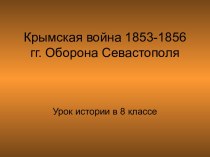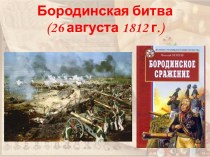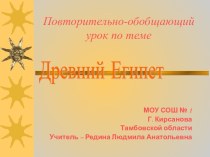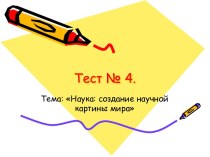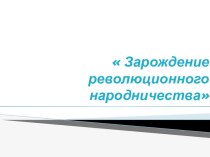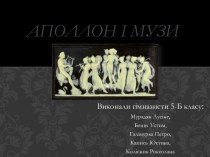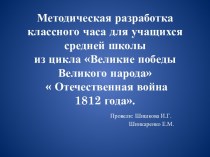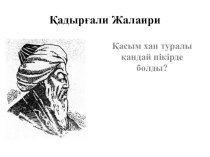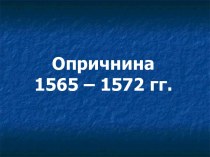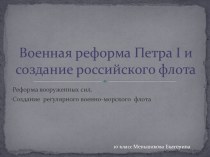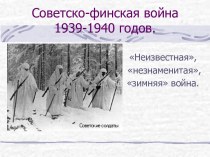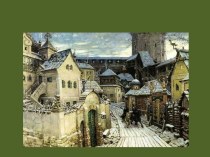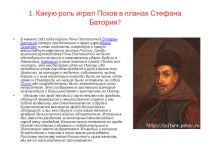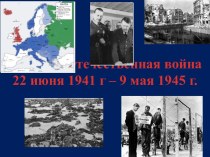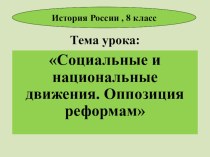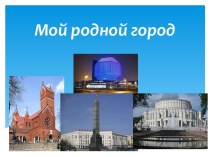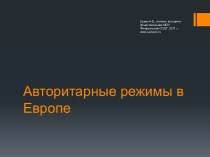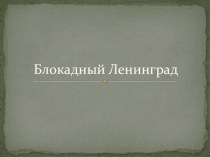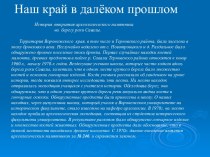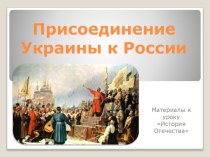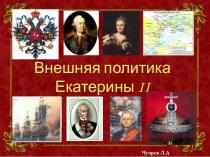- Главная
- Разное
- Бизнес и предпринимательство
- Образование
- Развлечения
- Государство
- Спорт
- Графика
- Культурология
- Еда и кулинария
- Лингвистика
- Религиоведение
- Черчение
- Физкультура
- ИЗО
- Психология
- Социология
- Английский язык
- Астрономия
- Алгебра
- Биология
- География
- Геометрия
- Детские презентации
- Информатика
- История
- Литература
- Маркетинг
- Математика
- Медицина
- Менеджмент
- Музыка
- МХК
- Немецкий язык
- ОБЖ
- Обществознание
- Окружающий мир
- Педагогика
- Русский язык
- Технология
- Физика
- Философия
- Химия
- Шаблоны, картинки для презентаций
- Экология
- Экономика
- Юриспруденция
Что такое findslide.org?
FindSlide.org - это сайт презентаций, докладов, шаблонов в формате PowerPoint.
Обратная связь
Email: Нажмите что бы посмотреть
Презентация на тему The history of the english language. Lecture 2
Содержание
- 2. RUTHWELL CROSS NEAR DUMFRIES Runes were
- 3. The Exeter Book with its riddles gives
- 4. I live alone, wounded by iron, Struck
- 8. ANGLO-SAXON HEPTARCHY (UNION OF 7KINGDOMS)East AngliaMerciaNorthumbria, including sub-kingdoms Bernicia and DeiraWessexEssexKentSussex Sutton-Hoo amunition
- 9. West Germanic is the ancestor of Modern
- 10. COMPARATIVE LINGUISTICS Most of the European languages,
- 11. The languages of the Indo-European family also
- 12. The initial sound of the following word
- 13. BASIC FEATURES OF GERMANIC LANGUAGES PHONETICS, GRAMMAR,
- 16. There are two types of Ablaut: quantitative
- 17. Quantitative Ablaut means the change in length
- 18. UMLAUT, OR MUTATIONphonetic assimilation of the root
- 19. GERMANIC CONSONANTS. FIRST CONSONANT SHIFT, OR
- 21. Verner’s law explains the changes in the
- 22. VERNER’S LAWAccording to Verner’s law, the above
- 23. Скачать презентацию
- 24. Похожие презентации
RUTHWELL CROSS NEAR DUMFRIES Runes were capable of poetry, as can be seen on the eighth-century Ruthwell Cross near Dumfries in Scotland, which shows events from the life of Christ. This best equipped them for
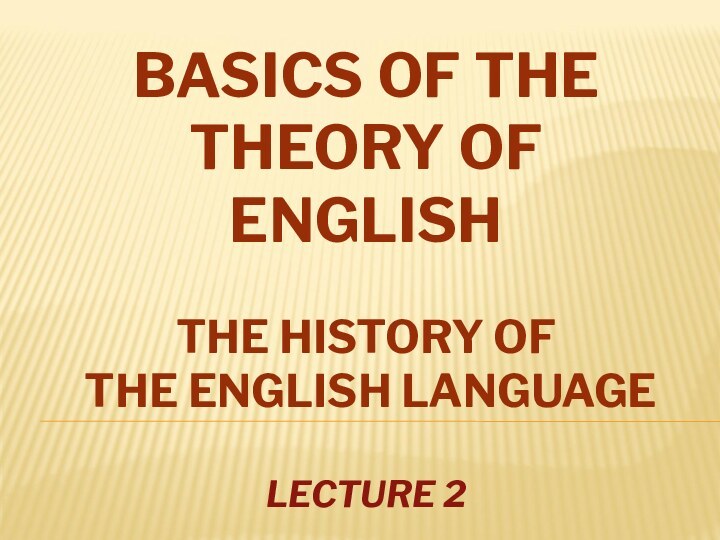

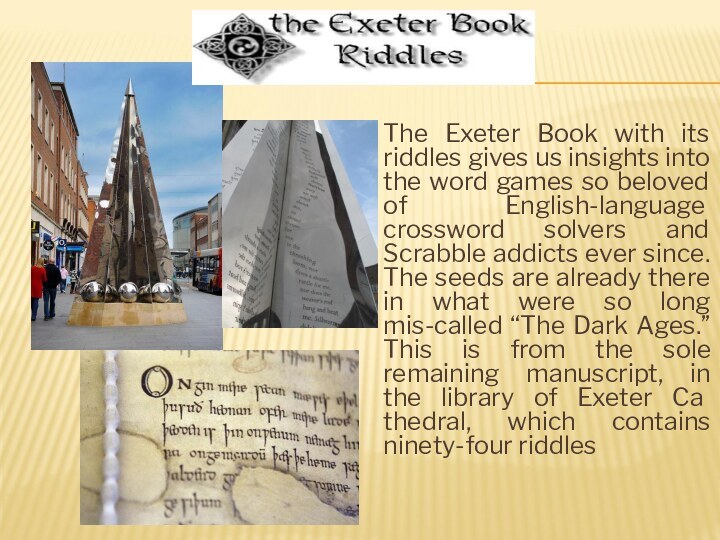

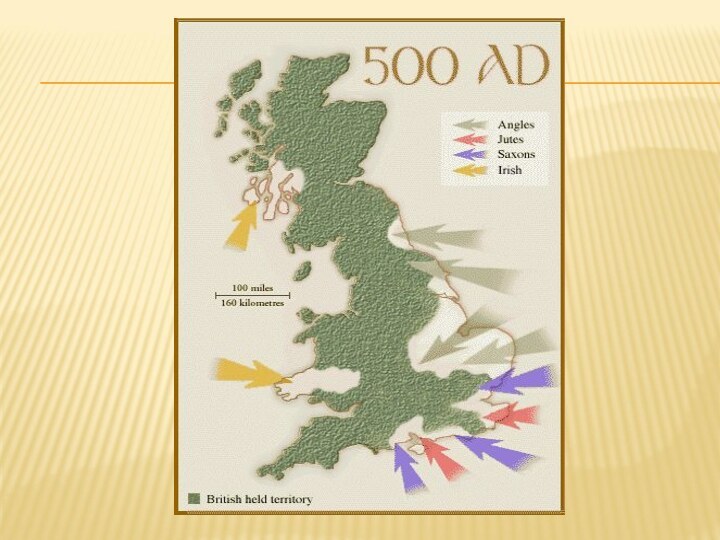
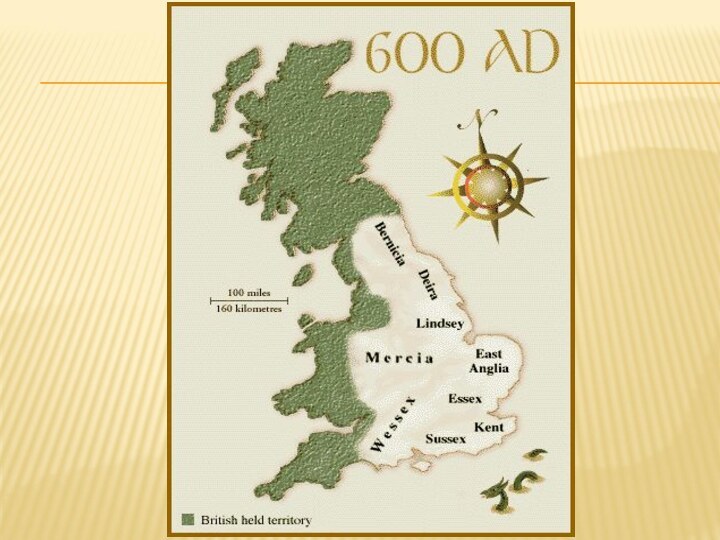
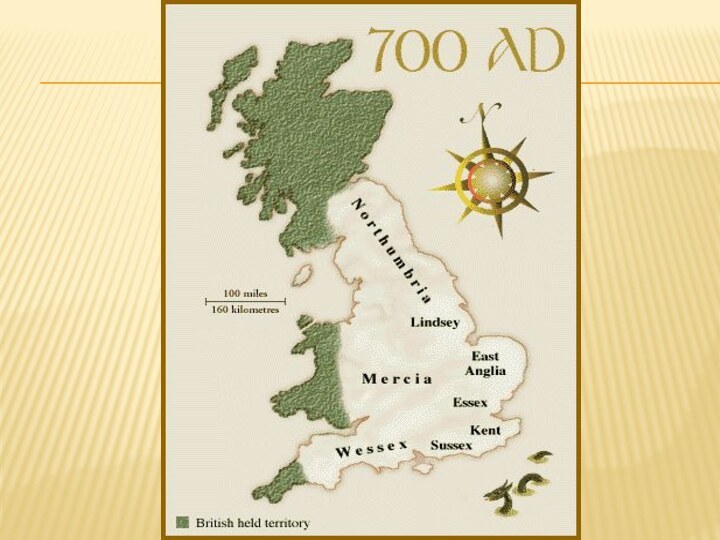

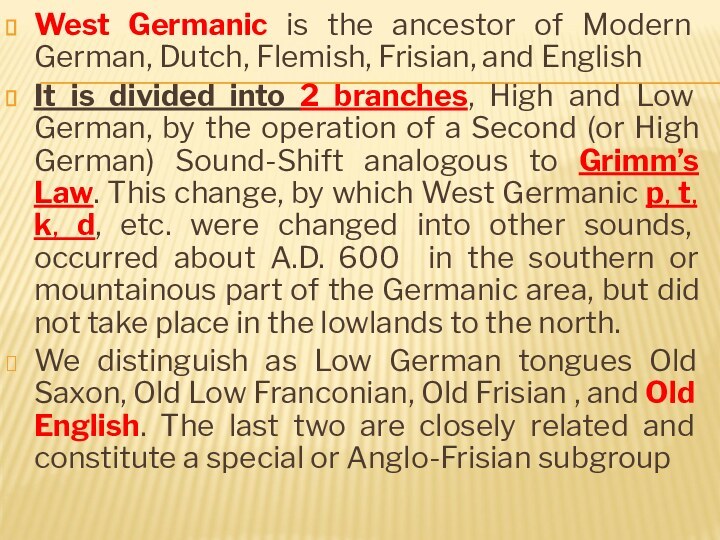

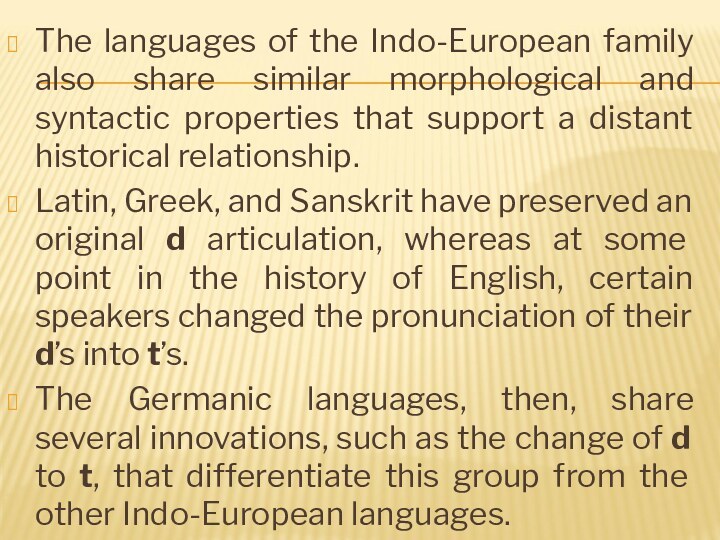
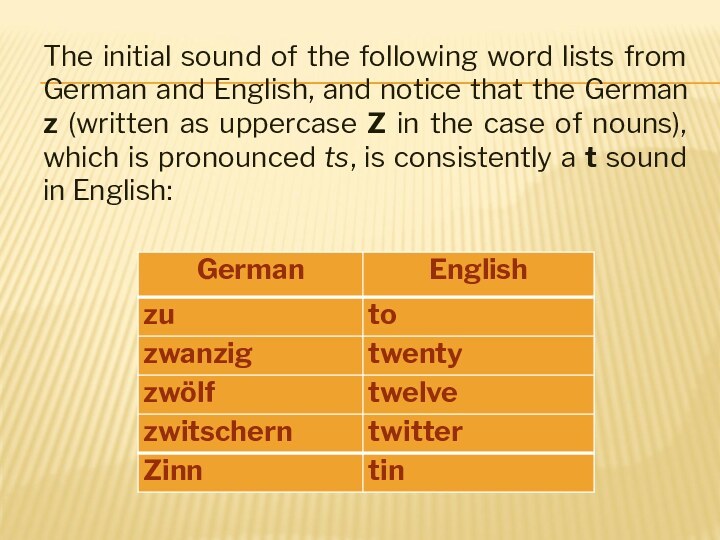
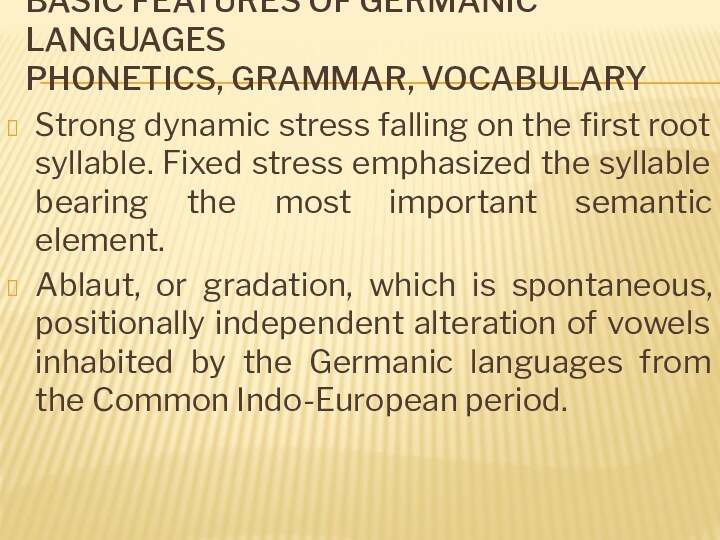


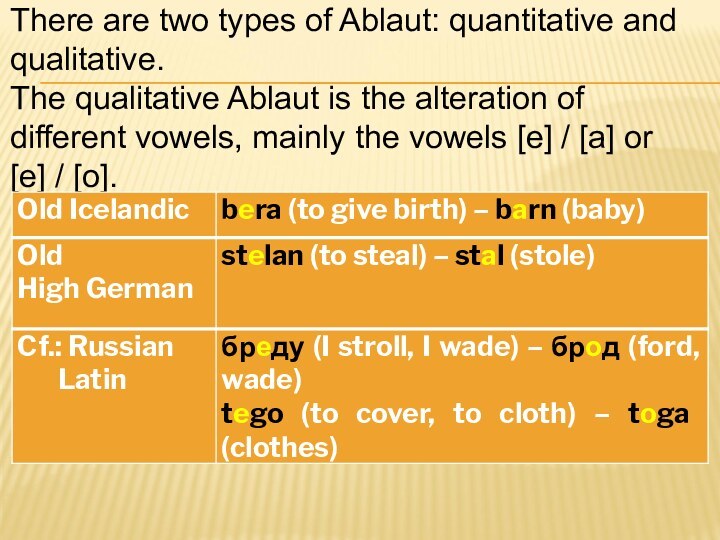


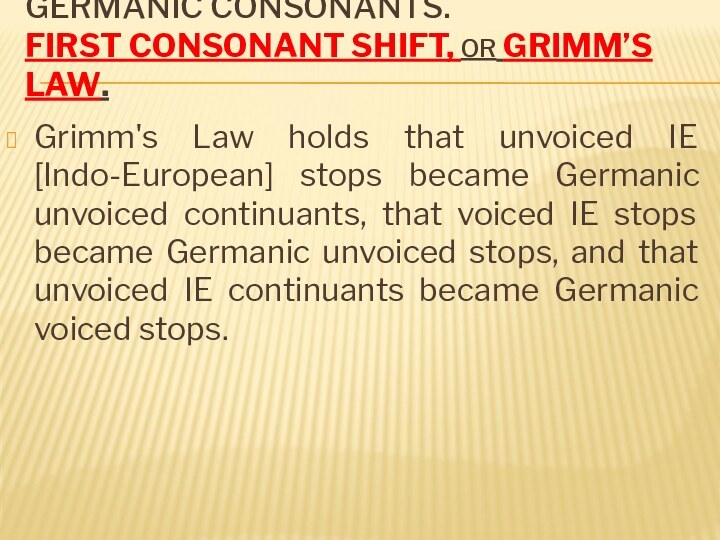

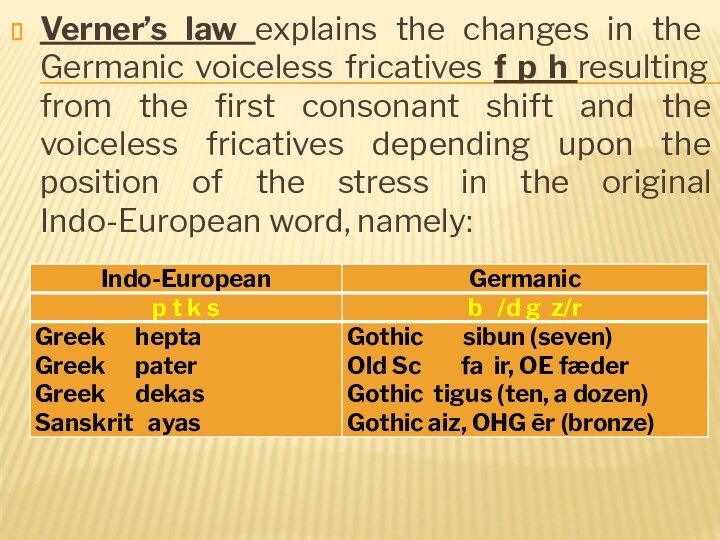
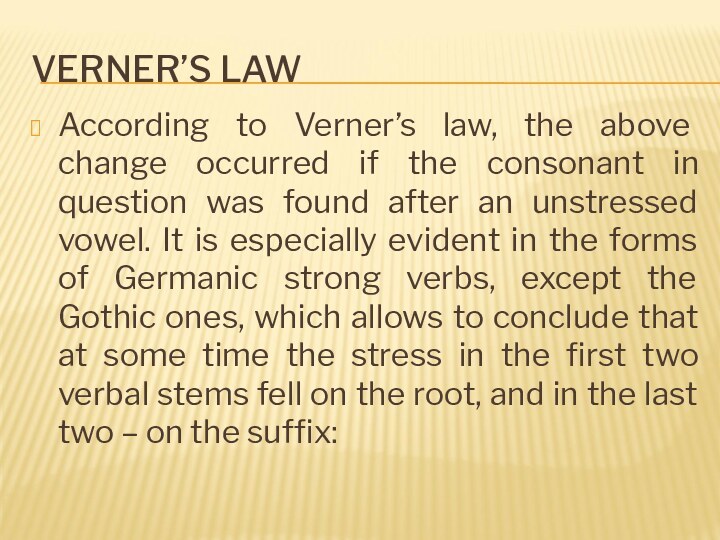
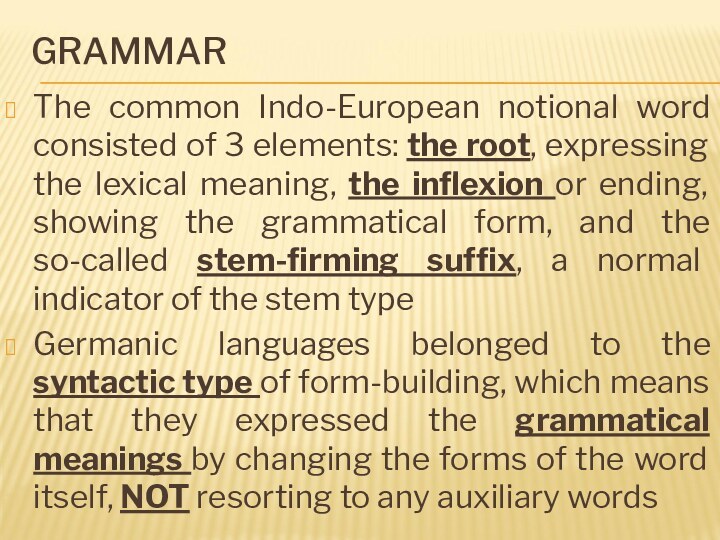
Слайд 3
The Exeter Book with its riddles gives us
insights into the word games so beloved of English-language
crossword solvers and Scrabble addicts ever since. The seeds are already there in what were so long mis-called “The Dark Ages.” This is from the sole remaining manuscript, in the library of Exeter Cathedral, which contains ninety-four riddles
Слайд 4
I live alone, wounded by iron,
Struck by a
sword, tired of battle work, Weary of blades, Often I
see war, Fight a fearsome foe, I crave no comfort, That safety might come to me out of the war-strife Before I among men perish completely, But the forged brands strike me, Hard-edged and fiercely sharp, the handwork of smiths, They bite me in the stronghold, I must wait for A more murderous meeting, Never a physician In the battlefield could I find One of those who with herbs healed wounds, But my sword slashes grow greater Through death blows day and night.”
Слайд 8
ANGLO-SAXON HEPTARCHY (UNION OF 7KINGDOMS)
East Anglia
Mercia
Northumbria, including sub-kingdoms
Bernicia and Deira
Wessex
Essex
Kent
Sussex Sutton-Hoo
amunition
Слайд 9 West Germanic is the ancestor of Modern German,
Dutch, Flemish, Frisian, and English
It is divided into 2
branches, High and Low German, by the operation of a Second (or High German) Sound-Shift analogous to Grimm’s Law. This change, by which West Germanic p, t, k, d, etc. were changed into other sounds, occurred about A.D. 600 in the southern or mountainous part of the Germanic area, but did not take place in the lowlands to the north. We distinguish as Low German tongues Old Saxon, Old Low Franconian, Old Frisian , and Old English. The last two are closely related and constitute a special or Anglo-Frisian subgroup
Слайд 10
COMPARATIVE LINGUISTICS
Most of the European languages, such
as English, German and French, were historically related not
only to each other, but also to the languages of antiquity, such as Latin, Greek, and Sanskrit.Слайд 11 The languages of the Indo-European family also share
similar morphological and syntactic properties that support a distant
historical relationship.Latin, Greek, and Sanskrit have preserved an original d articulation, whereas at some point in the history of English, certain speakers changed the pronunciation of their d’s into t’s.
The Germanic languages, then, share several innovations, such as the change of d to t, that differentiate this group from the other Indo-European languages.
Слайд 12 The initial sound of the following word lists
from German and English, and notice that the German
z (written as uppercase Z in the case of nouns), which is pronounced ts, is consistently a t sound in English:
Слайд 13
BASIC FEATURES OF GERMANIC LANGUAGES
PHONETICS, GRAMMAR, VOCABULARY
Strong dynamic
stress falling on the first root syllable. Fixed stress
emphasized the syllable bearing the most important semantic element.Ablaut, or gradation, which is spontaneous, positionally independent alteration of vowels inhabited by the Germanic languages from the Common Indo-European period.
Слайд 16 There are two types of Ablaut: quantitative and
qualitative. The qualitative Ablaut is the alteration of different
vowels, mainly the vowels [e] / [a] or [e] / [o].Слайд 17 Quantitative Ablaut means the change in length of
qualitatively one and the same vowel: normal, lengthened and
reducedAblaut in Germanic languages is a further development of Indo-European alterations
Internal flexion functioned in Old Germanic languages both in form- and word-building, but it was the most extensive and systematic in the conjugation of strong verbs

